The Earth’s climate is changing fast and affects our daily lives more each year. It’s altering weather patterns and leading to more extreme events – unprecedented drought, fires, flooding, and storm patterns. Extreme precipitation and drought events affect water supplies in Colorado and the West. Uncharacteristically severe and extensive fires are transforming our landscapes, choking communities with smoke, and leading to a new wave of climate refugees in our own backyards.
Colorado’s agricultural community is especially vulnerable to temperature and precipitation extremes that can affect crop yields. Last year, the USDA declared the entire state of Colorado a natural disaster area due to drought, which is projected to continue and cost the state more than $500 million in annual damages by 2050. In the Rocky Mountains, declining snowfall will affect Colorado’s world-class, multibillion-dollar ski industry. Low-income countries and communities, which have contributed the least to climate change, are the most vulnerable to its effects. We now know that, despite hopes and efforts, we can no longer keep global warming below 1.5 degrees Celsius, likely a tipping point for extreme climate variability worldwide.
A time of unprecedented change confronts humanity, but the news is not all bleak. Everywhere, people are rallying to respond to the climate crisis. Action is evident at CSU too.
The University houses an extraordinary array of research, education, and engagement activities to tackle the climate crisis. CSU experts are working on the interrelated challenges of climate change mitigation, which requires reducing greenhouse gas concentrations and emissions, and adaptation, which involves adjusting infrastructure, policy, and social systems to new conditions. For communities, an important goal is climate resilience, or an ability to recover from climate-driven disruptions while maintaining desirable social and ecological characteristics.
CSU on the World Stage
CSU faculty and students are active on the world stage. For example, last year CSU representatives showcased some of our efforts during a two-week trip to the U.N. Climate Change Conference in Sharm el-Sheik, Egypt. Some 40,000 people attended the Conference of the Parties.
Along with others from across the country, CSU students, with support from the National Science Foundation, presented an art exhibit in the United States pavilion to communicate about how climate change is affecting them, listened to negotiations, and rubbed elbows with government leaders from around the world. These students were part of a graduate class on climate change science and policy led by Professor Gillian Bowser of the Warner College of Natural Resources.
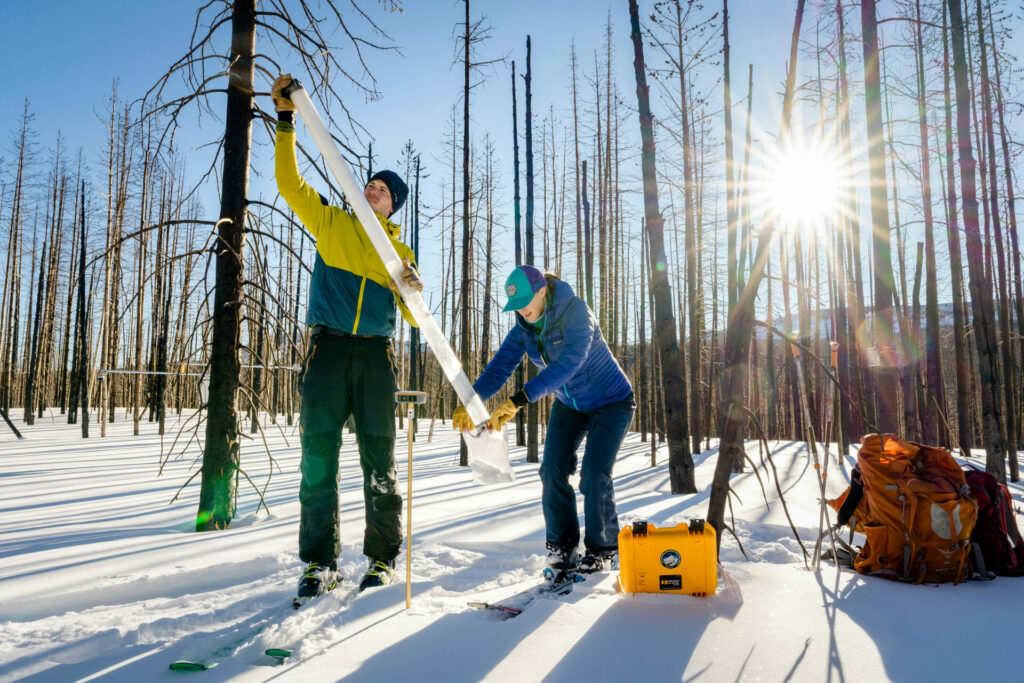
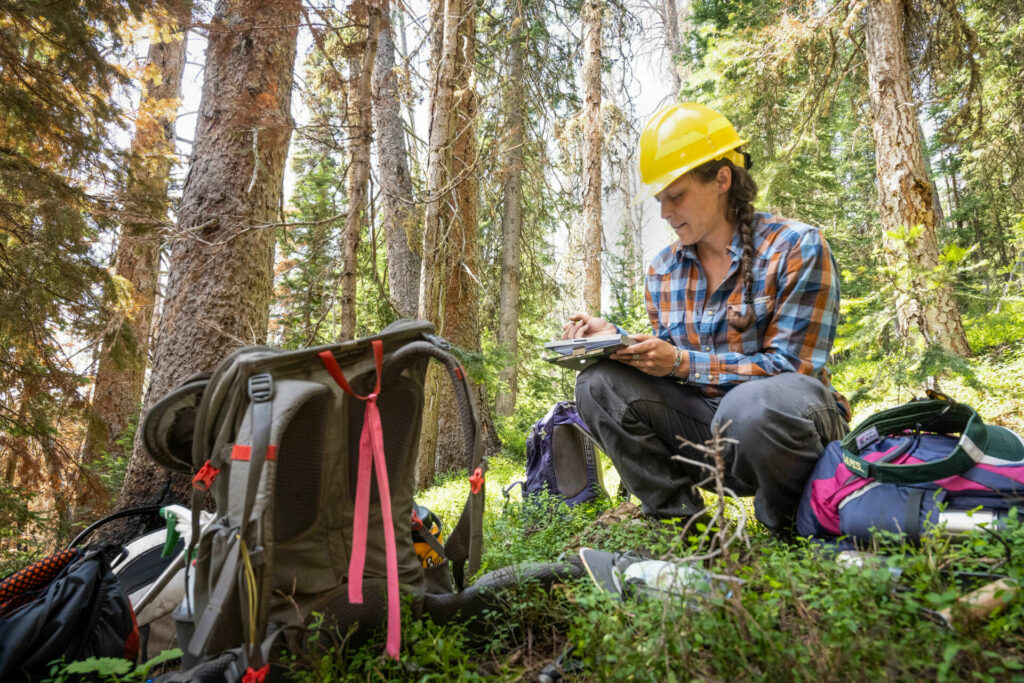
Also benefiting students, CSU hosts a graduate certificate in carbon accounting that trains students in GHG-reduction policies and quantification. As a complement, we are also creating a certificate in climate adaptation and risk management to prepare students to assess climate vulnerabilities and develop appropriate adaptation strategies. The next step will be to explore undergraduate options for minors and other credentials related to climate change.
CSU faculty are fully engaged in climate issues. For example, I was fortunate to be part of a panel from the CSU Climate Adaptation Partnership, which I lead, on new approaches to living with wildfire. My home department in the Warner College of Natural Resources houses an array of outstanding research on how forests and grasslands respond to climate change. I shared my work on new governance approaches to managing fire risk and policies to promote the restoration of public land ecosystems. CSU Professor Hussam Mahmoud, another panelist from the Department of Civil and Environmental Engineering, shared how to make critical infrastructure – including homes, schools, and hospitals – more resilient to climate change impacts, including fire and sea-level rise. Mahmoud also leads a group of researchers and recently chaired a U.S. National Academies of Sciences workshop to explore nature-based solutions, which rely on natural infrastructure such as wetlands to buffer against disasters.
Another partnership team member, Peter Backlund, associate director of the School of Global Environmental Sustainability, co-organized the panel. He is a former senior policy analyst at the White House Office of Science and Technology Policy who studies how climate change affects agricultural production and farm workers. He is passionate about climate adaptation because, notwithstanding efforts to reduce GHG emissions, significant warming will occur, requiring measures to adapt the built and natural environments.
We are also building new engagement initiatives. The Office of the Vice President for Research launched the Government Relations Faculty Ambassadors Initiative, which trains faculty members to engage policymakers on many issues, including climate change. Seven professors from across CSU are in the first cohort.
And the Climate Adaptation Partnership team, working with SoGES, is gearing up to host the second annual Climate Transitions Dialogue on May 23 at the CSU Spur campus in Denver. The event brings together researchers, industry leaders, philanthropists, and community and government leaders to collaborate on solutions, including transitioning communities toward reduced carbon emissions and increased resilience.
Beyond Adaptation
The landscape of climate change research at CSU is vast and inspiring. Recently, I accompanied U.S. Sen. John Hickenlooper (D-Colo.) at CSU’s Methane Emissions Technology Evaluation Center, where researchers co-lead a $50 million initiative to track and reduce methane emissions from oil-and-gas facilities. Methane is a hugely potent greenhouse gas, so reductions are critical to reducing global warming. The center is part of the CSU Energy Institute, an international leader in clean energy transitions.
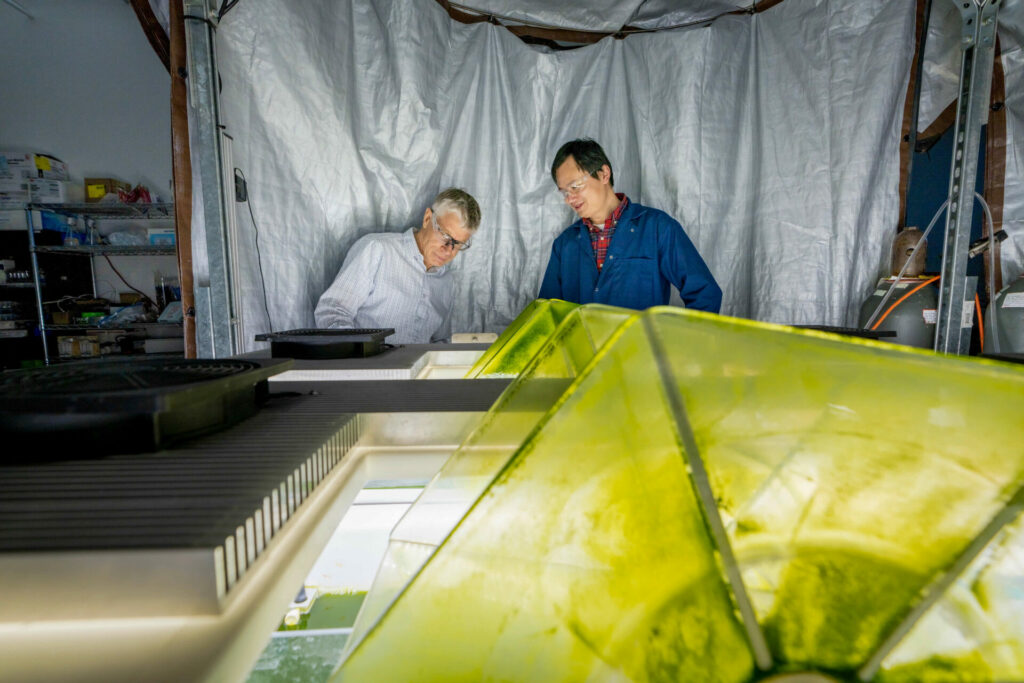
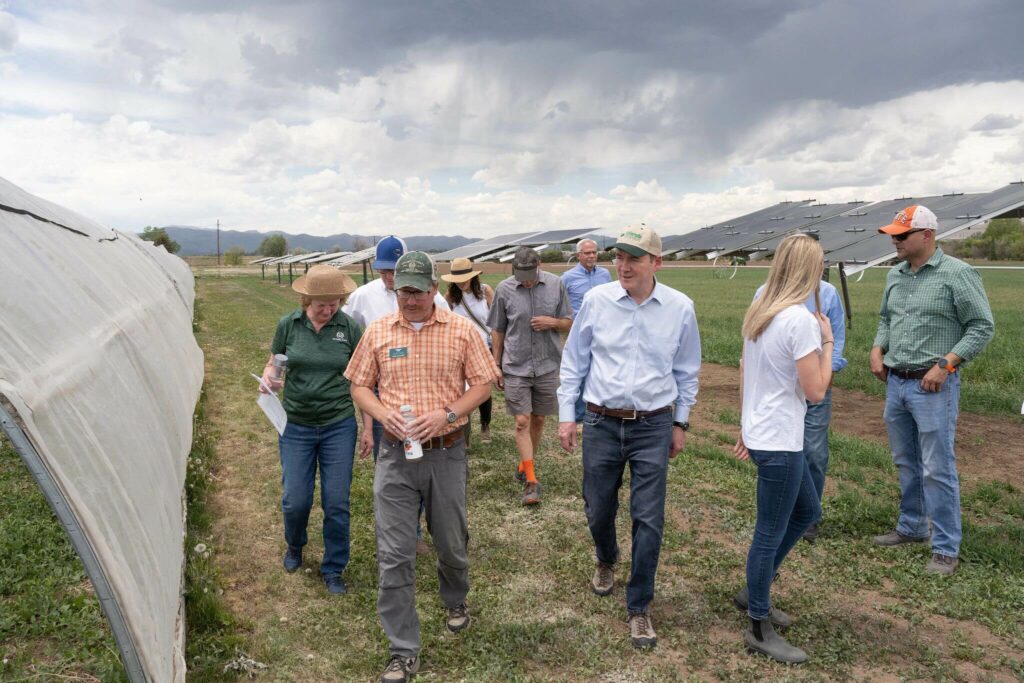
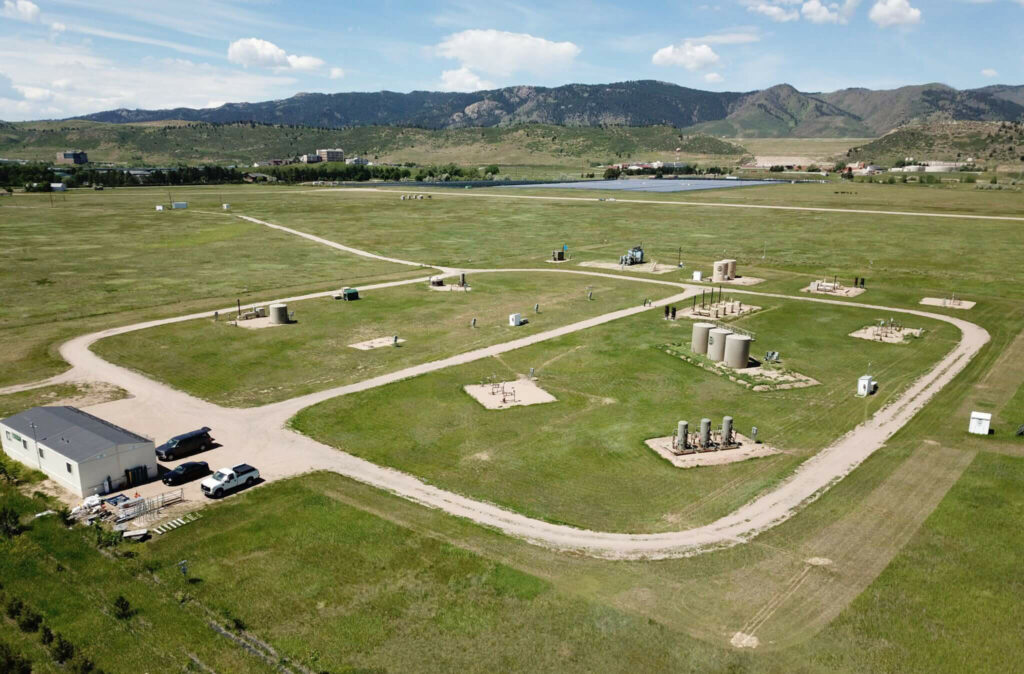
CSU's Methane Emissions Testing Evaluation Center is a national proving ground for new technologies.CSU was also part of nine successful proposals funded last year as part the USDA Climate-Smart Commodities Research Program. These projects track and reduce carbon emissions associated with agricultural products through regenerative ranching or using farm and soil management practices that promote increased storage of soil carbon. Meanwhile, researchers in the College of Agricultural Sciences study agrivoltaics, which are solar panels on rooftop gardens or farmland that generate clean energy and shade for animals and crops and conserve irrigation water.
In climate science, faculty in the Department of Atmospheric Science are international leaders. They include Professor Elizabeth Barnes, whose work on climate modeling and forecasting was recently published in the Proceedings of the National Academy of Sciences, and Jim Hurrell, who recently was an author on a U.N. Environmental Programme report on the importance of researching the potential benefits and risks of solar climate intervention.
Hope for the Future
Climate change can seem overwhelming. Yet, our students remind us that losing hope is not an option for them.
At a recent event, Aleta Weller of SoGES said the most moving thing about the international climate conference was the Children and Youth Pavilion, where youth leaders were passionate and inspiring, reminding us all that they have inherited this problem, and we need to be working together with real urgency to make a better future.
In the face of this existential challenge, the CSU community is an amazing place to work and learn. Every day, people on campus are driving innovation and research on the many complex facets of climate change. I know that in the years to come, our research will only expand, and we will pursue creative approaches to education and outreach to serve our present and future climate leaders as they grapple with what might be the greatest challenge civilization has faced.
Courtney Schultz is a professor of forest and fire policy, director of the Public Lands Policy Group, and director of the Climate Adaptation Partnership, housed in the Department of Forest and Rangeland Stewardship in the Warner College of Natural Resources.